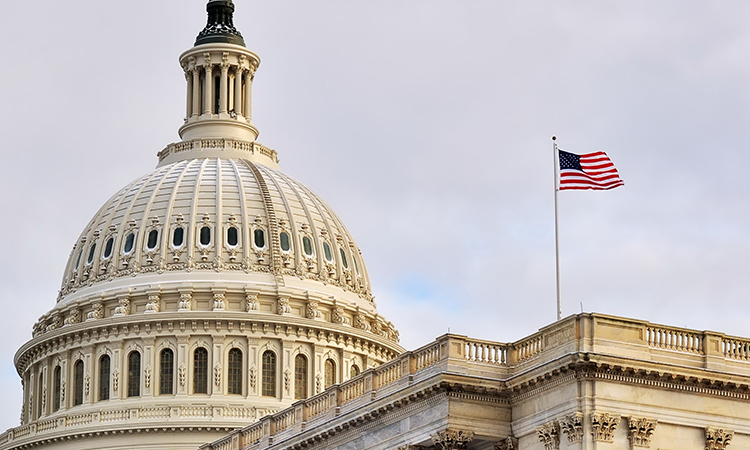Entry strategy for international passengers adapted by U.S. government
- Like
- Digg
- Del
- Tumblr
- VKontakte
- Buffer
- Love This
- Odnoklassniki
- Meneame
- Blogger
- Amazon
- Yahoo Mail
- Gmail
- AOL
- Newsvine
- HackerNews
- Evernote
- MySpace
- Mail.ru
- Viadeo
- Line
- Comments
- Yummly
- SMS
- Viber
- Telegram
- Subscribe
- Skype
- Facebook Messenger
- Kakao
- LiveJournal
- Yammer
- Edgar
- Fintel
- Mix
- Instapaper
- Copy Link
Posted: 15 September 2020 | International Airport Review | No comments yet
Moving away from enhanced entry health screening, resources will instead be dedicated to more effective mitigation efforts for the individual passenger.


As the COVID-19 pandemic continues, the U.S. government is innovating and taking a new approach to help keep international air passengers healthy. This new, more effective strategy focuses on the continuum of travel and the individual passenger, including pre-departure and post-arrival education, efforts to develop a potential testing framework with international partners and illness response. This strategy is consistent with the current phase of the pandemic and more effectively protects the health of the American public.
As of 14 September 2020, the U.S. government has removed requirements for directing all flights carrying airline passengers arriving from, or recently had a presence in, certain countries to land at one of 15 designated airports and halted enhanced entry health screening for these passengers.
Previously, enhanced entry health screening was conducted for those arriving from, or with recent presence in, China (excluding the Special Administrative Regions of Hong Kong and Macau), Iran, the Schengen region of Europe, the United Kingdom (excluding overseas territories outside of Europe), Ireland and Brazil.
There is now a better understanding of COVID-19 transmission that indicates that symptom-based screening has limited effectiveness because people with COVID-19 may have no symptoms or fever at the time of screening, or only mild symptoms. Transmission of the virus may occur from passengers who have no symptoms or who have not yet developed symptoms of infection. Therefore, the Centers for Disease Control and Prevention (CDC) is shifting its strategy and prioritising other public health measures to reduce the risk of travel-related disease transmission.
U.S. government resources will be dedicated to more effective mitigation efforts that focus on the individual passenger, including:
- Pre-departure, in-flight and post-arrival health education for passengers
- Robust illness response at airports
- Voluntary collection of contact information from passengers using electronic means as proposed by some airlines to avoid long lines, crowding and delays associated with manual data collection
- Potential testing to reduce the risk of travel-related transmission of the virus that causes COVID-19 and movement of the virus from one location to another
- Country-specific risk assessments to assist passengers in making informed decisions about travel-related risk
- Enhancing training and education of partners in the transportation sector and at U.S. ports of entry to ensure recognition of illness and immediate notification to CDC
- Post-arrival passenger recommendations for self-monitoring and precautions to protect others, with enhanced precautions, including staying home to the extent possible for 14 days for people arriving from high-risk destinations.
By refocusing the mitigation efforts on individual passenger risk throughout the air travel journey, the U.S. government can most effectively protect the health of the American public.
Related topics
Airport crisis management, COVID-19, Passenger experience and seamless travel, Safety, Terminal operations


















